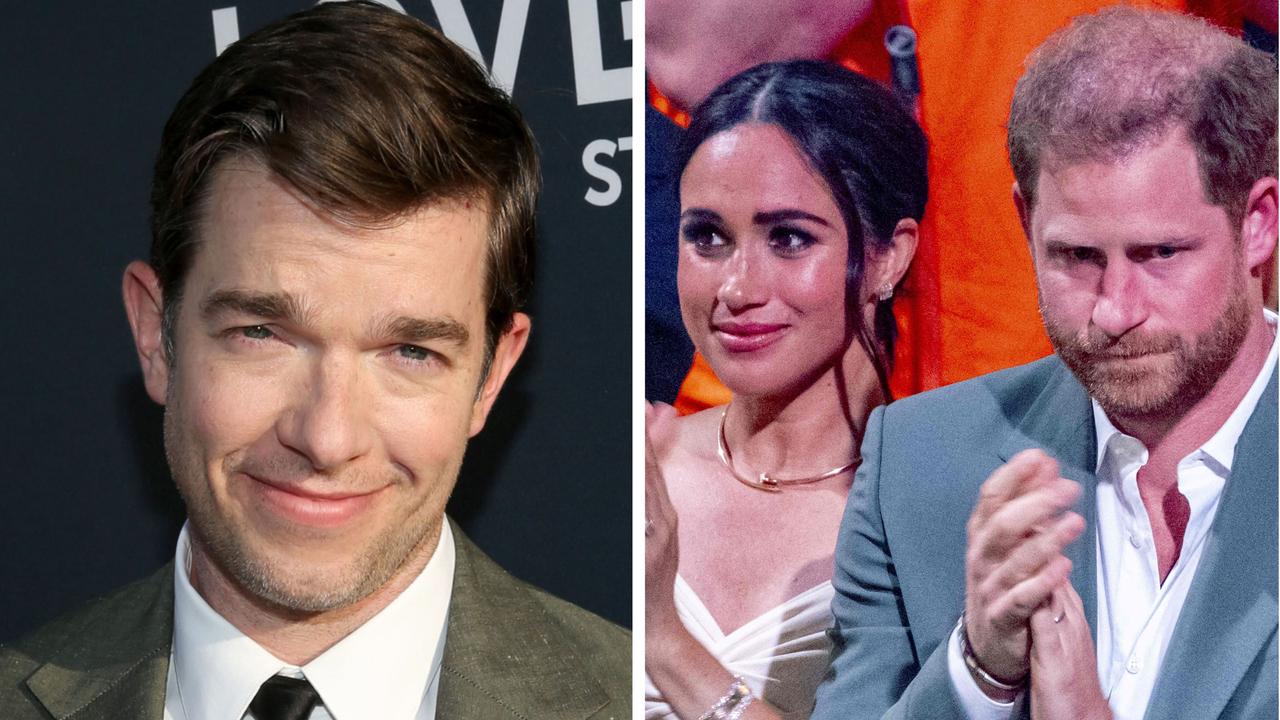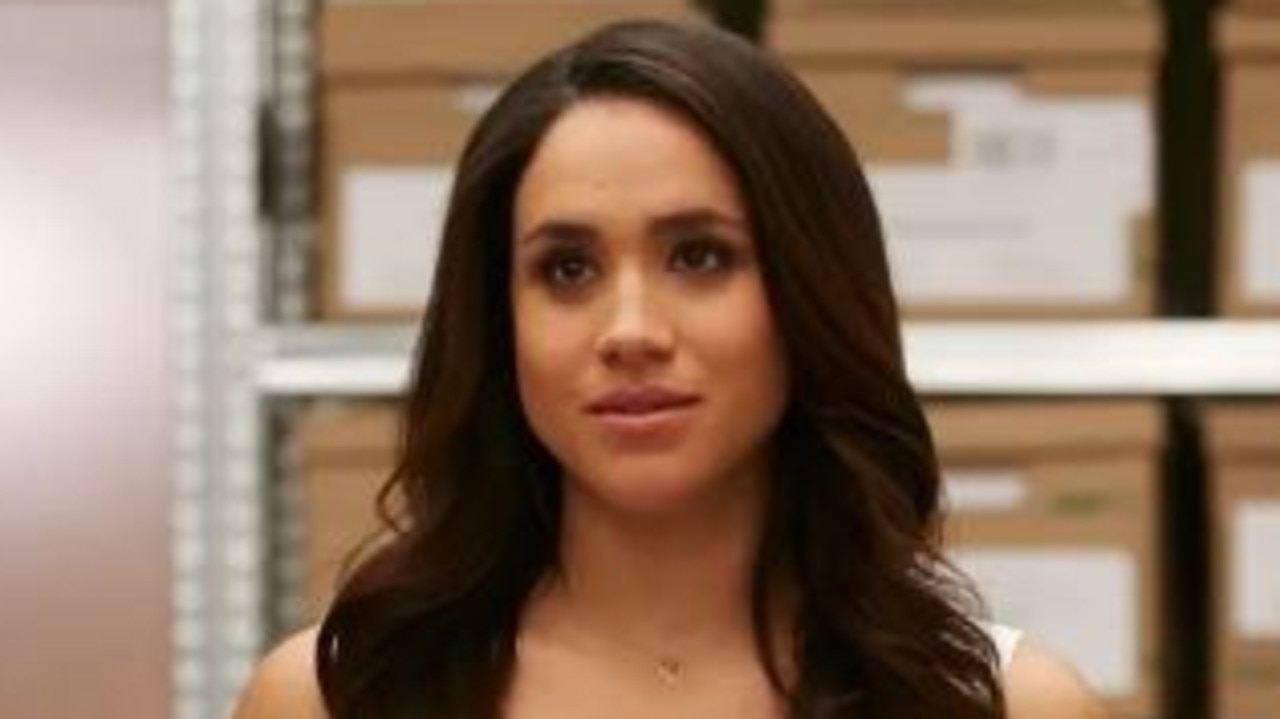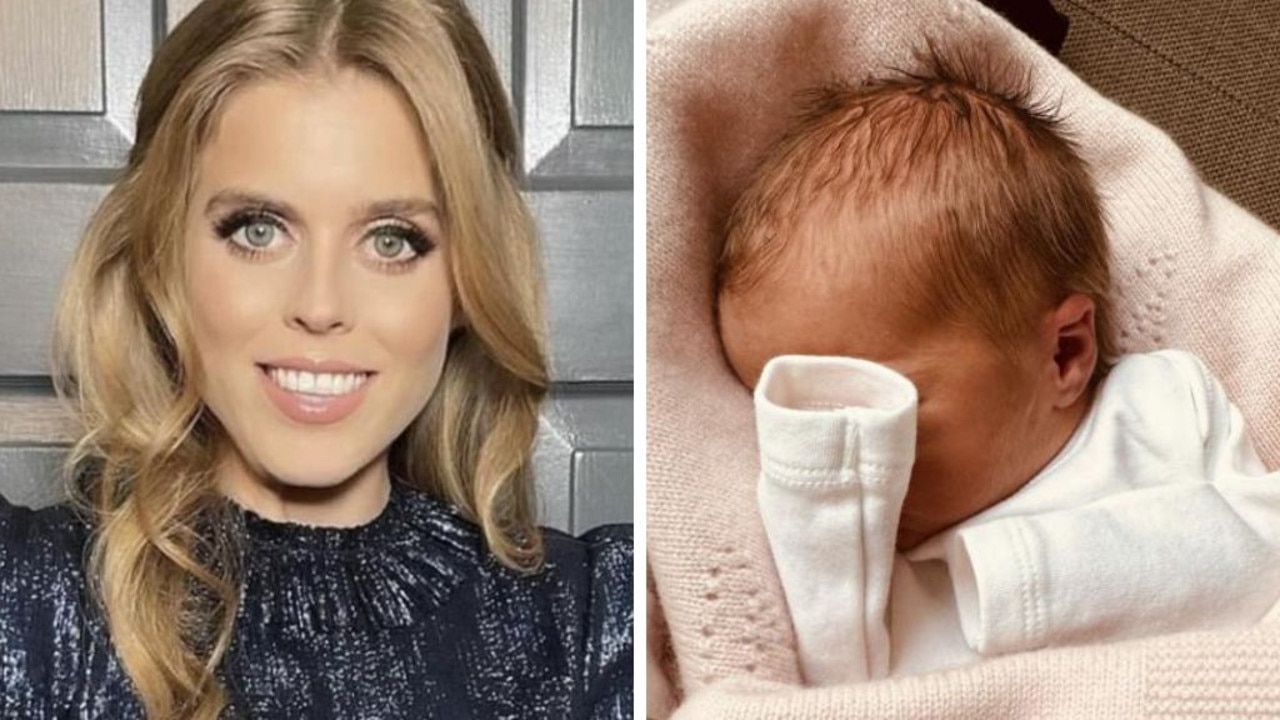Four words that doomed Princess Diana and Prince Charles’ relationship
It was meant to be one of the happiest moments of Princess Diana’s life but four words flippantly uttered by Prince Charles sealed her fate.

COMMENT
In the afternoon of February 24, 1981, the British press pack converged on the vast Buckingham Palace lawn for a true moment in royal history: The presenting of the bride to the feverish media.
Standing on the palace steps, Lady Di, as she was known, in a hastily purchased blue suit smiled coyly for the cameras, showing off her enormous sapphire engagement ring while Charles, stood behind her giving off a slightly bemused, paternal air.
Theirs would be the biggest, grandest, and most obsessively watched royal wedding, a mythical romance brought to delicious life.
RELATED: Kate move that proved Meghan wrong
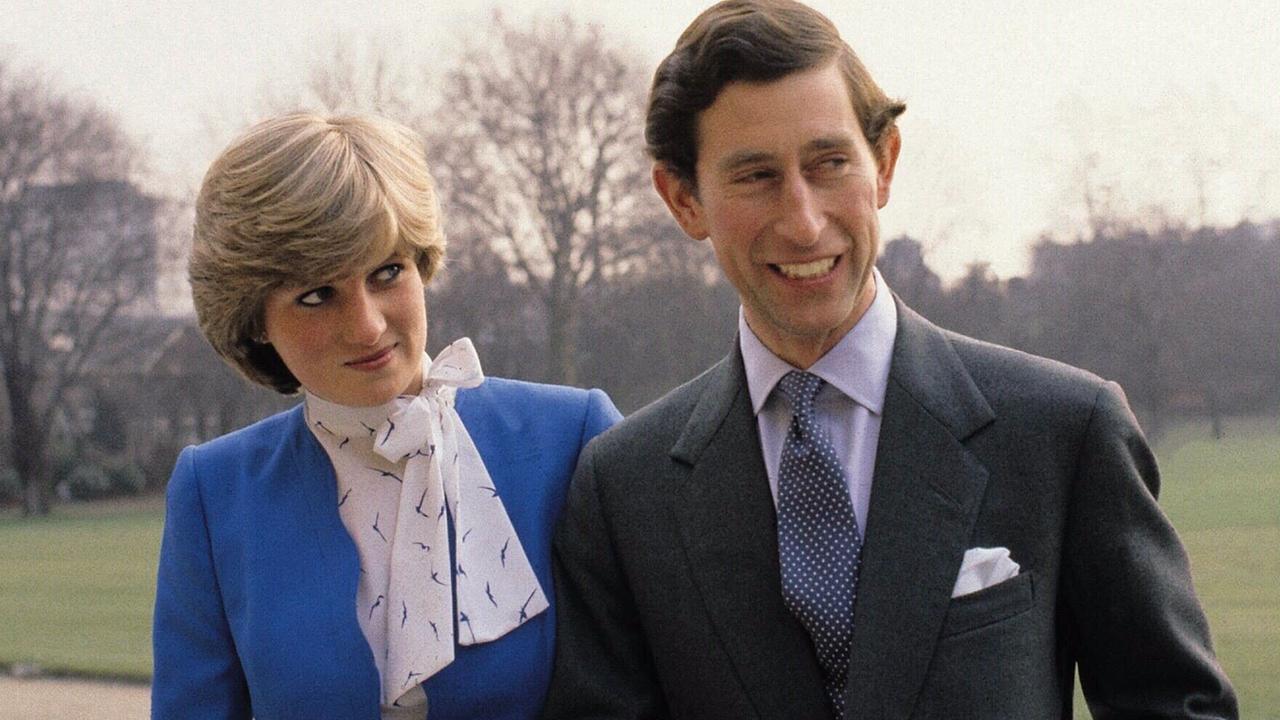
RELATED: Diana mistake that Meghan made
And the fairytale would crack for Diana within hours.
On the day they fronted press in London, after posing for some particularly awkward portraits, the duo went inside to be interviewed by Anthony Carthew, ITN’s royal correspondent, about their romance.
Standing in front of a huge gilt mirror somewhere in the palace, Carthew quizzed them about their relationship, Charles tenderly stroking Diana’s hand while talking about their courtship with what I suppose passes for aristocratic enthusiasm.
The most infamous, and deeply uncomfortable moment, comes towards the end when Carthew prompts them of their feelings, “And in love?”
Diana, immediately out of the blocks, adamantly said “of course”.
Charles, looking curiously pleased with himself, followed up with, “whatever ‘in love’ means”.
Interestingly, at the time, those now infamous words did not appear in print. However, today, those words sound deeply cavalier if not downright cruel.
(Veteran royal biographer Penny Junor has a more sympathetic read on the moment, writing: “The Prince of Wales is a thinker and a philosopher, a spiritual and religious man, and love to him bears little relationship to the two-dimensional ‘love’ discussed on the pages of romantic novels and women’s magazines … He is too honest for his own good; he can’t give the simple answer that everyone is waiting for, because for him the matter is not simple.”)
RELATED: ‘Big’ news hidden in glam Meghan pic
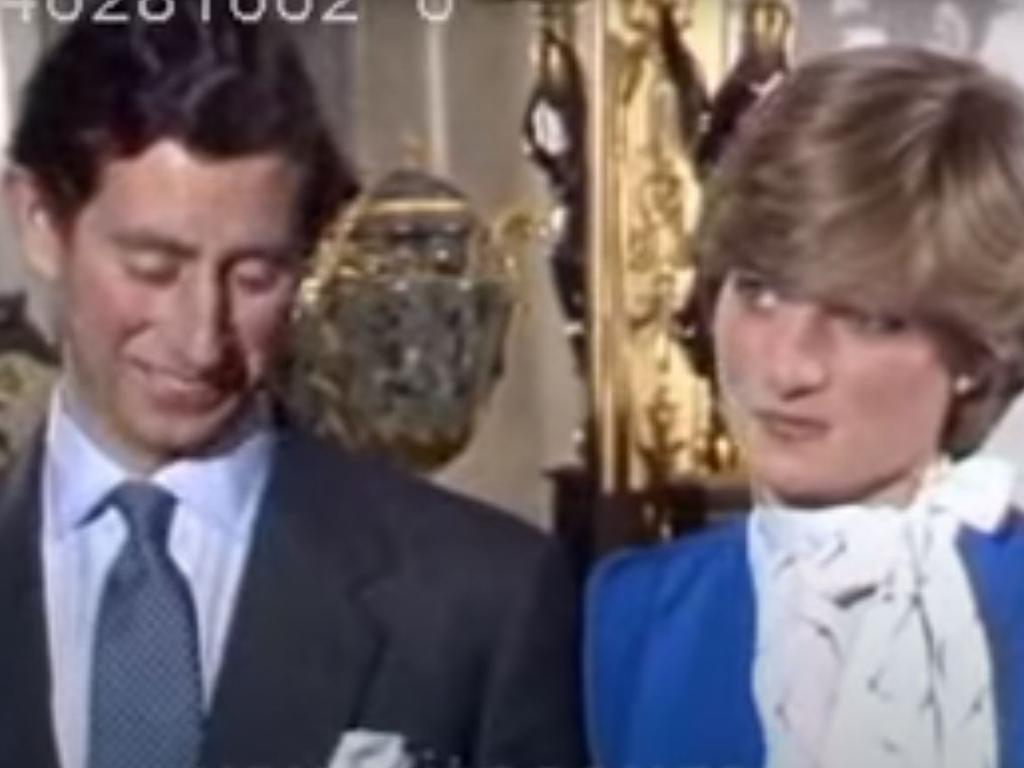
No matter why he uttered those words, there is no changing the fact that Charles and Diana seemed motivated to head down the aisle for completely different reasons.
To understand how Diana, coyly blinking behind her fringe, came to be standing on the steps of Buckingham Palace preparing to wed Charles, you have to go back to 1969.
In the late ‘60s, the marriage between her parents, Johnnie Spencer, Viscount Althorp and Frances, Viscountess Althorp was in tatters. While there were many problems in their union, Frances’ affair with wallpaper heir Peter Shand Kydd was the nail in the coffin.
The youngest Spencer daughter, Diana, would hide behind the door of the drawing room, listening to “the distressing sounds of a violent parental row,” according to one of her biographers.
Johnnie essentially kicked Frances out, leaving her four young children at home with their father.

In 1969, Johnnie was granted custody of the Spencer children after a two-year court case, his case considerably helped by one witness: Frances’ own mother Lady Ruth Fermoy.
Lady Fermoy, who was also one of the Queen Mother’s ladies-in-waiting, was a considerable factor in the decision for Frances to be largely excised from her very young children's lives.
The impact was profound.
In a recent interview with Diana’s brother Charles, Earl Spencer, he painted a bleak, heart-rending picture of their “unhappy childhood” which he found “agonising and horrible”.
Of his mother’s leaving, Spencer said: “While she was packing her stuff to leave, she promised Diana (then aged five) she’d come back to see her. Diana used to wait on the doorstep for her, but she never came. She could hear me crying down the corridor but was too scared of the dark to come to me.”
Is it any wonder then that, after finishing high school, being dispatched for the de rigueur stint at a Swiss finishing school and pitching up in London in 1979 that the Mills & Boon-loving teenager was gasping to find the sort of consuming, deeply nurturing relationship?
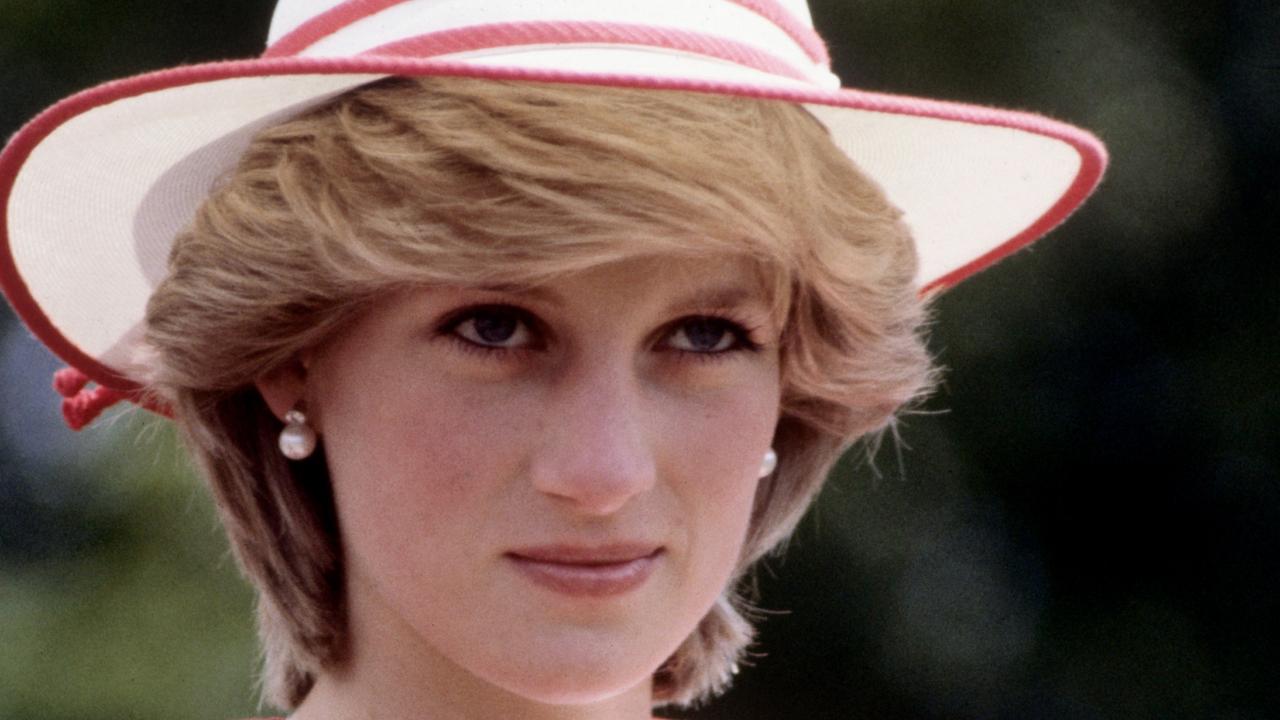
Charles and Diana had first met one another when he was dating her sister Lady Sarah. However, by the late ’70s the palace was despairing of finding Charles not only a suitable bride but a woman who would actually say ‘yes’.
While he (allegedly) managed to enjoy a steady stream of steamy entanglements, none of the women from his smart set seemed even remotely interested in trading their lives for one of hidebound royal protocol and endless ribbon cutting.
(Probably not helping things was this salacious curio offered up by biographer (and friend of Diana’s) Tina Brown in her book, The Diana Chronicles: “The buzz among the exes was that the Prince was not a great lover – ‘not even a very good one’, blabbed a model who lived with one of his occasional ‘boffs’ in the 1970s.”)
In 1978, her other sister Lady Jane married Robert Fellowes (who went on to be the Queen’s longtime private secretary). The Queen Mother was in attendance at the society do and it has been claimed that by this stage the 78-year-old had put together a “watch list” of potential brides for Charles which included the name Lady Diana Spencer.

In retrospect, the Wales union bears more and more resemblance to some sort of arranged marriage. As Brown has written. “By 1980, if Diana hadn’t existed they would have had to invent her.”
A series of carefully staged invitations to the teenager followed and after allegedly only having ever met one another (as adults) 12 or 13 times, in February of 1981 came The Question, followed in February by The Ring and The Interview. (To be closely followed post-wedding by The Misery, The War And The Divorce.)
For Charles, finally slipping one of royal jeweller Garrard & Co’s whoppers onto the finger of some toff girl meant a reprieve from the pressure he was facing from his family, especially his father, to get a wriggle on and wed.
In 1994, journalist Jonathan Dimbleby wrote an authorised biography of the Prince, revealing that Philip had written to Charles giving him an “ultimatum” over his relationship with Diana.
“The Prince, in a state of emotional confusion, clung to these calculations. The pressures on him began to sweep him toward his destiny,” Dimbleby wrote.
Tom Bower, in his book The Rebel Prince, claims that Charles “saw his father as an emotional gangster”.
With those four simple words – “whatever ‘in love’ means” – Charles had shattered the fragile mirage for Diana on what her future marriage would be like.
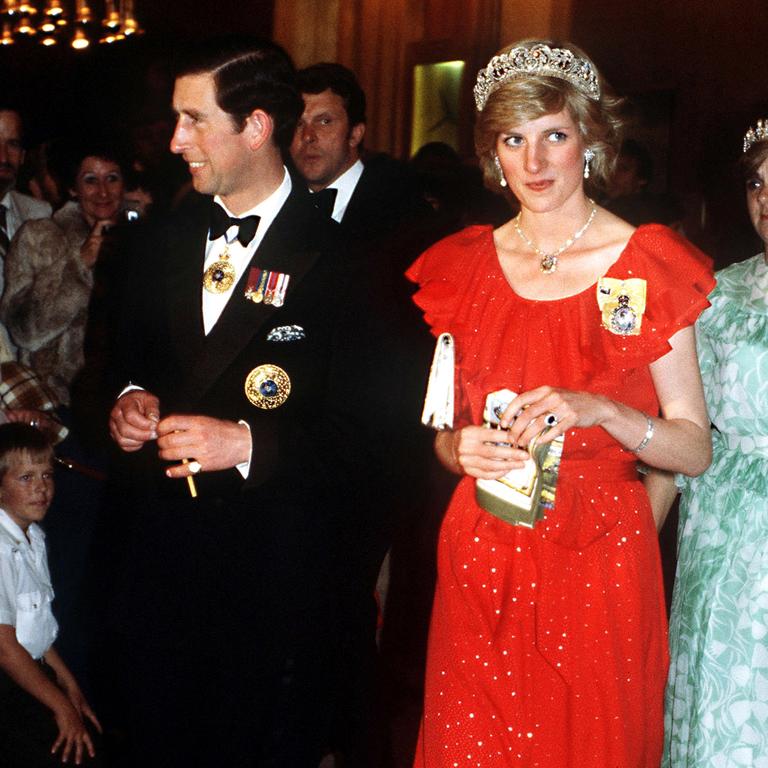
Years later, Princess Diana would reveal to her voice coach Peter Settelen that when the TV interviewer had posed his “in love” question, “I thought, ‘What a thick question,’ so I said, ‘Yes, of course we are,’ in a sort of fat Sloane Ranger that I was and Charles turned around and said, ‘Well, whatever ‘in love’ means,’ and that threw me completely.”
Charles’ strange, cold-blooded answer used to “traumatise ‘’ the Princess, she told Settelen.
Still, she persisted because, at the time she felt he loved her and she was deeply in love with him.
Days before the wedding, as Diana later told her biographer Andrew Morton: “In my immaturity, which was enormous, I thought that he was very much in love with me, which he was, but he always had a sort of besotted look about him, looking back at it, but it wasn’t the genuine sort.
“I remember being so in love with my husband that I couldn’t take my eyes off him. I just absolutely thought I was the luckiest girl in the world. He was going to look after me. Well, was I wrong on that assumption?”
At the crux of all this was the underlying fact that Diana was desperately looking to fill the emotional void in her life and to create for herself her own happy family. Meanwhile, a browbeaten, slightly lost Charles was both looking to appease his family and basically draft someone for a lifetime job.
It might stand in blunt contrast to all the palace-balcony-kissing, Cinderella-ese but the spouses of future sovereigns are brought into the fold through what is essentially a hiring process of sorts. (Why do you think William took nine years to decide that Kate Middleton was the gal he wanted to ultimately sit beside him on a throne one day?)
In essence, where Diana saw love, the royal establishment saw (what they thought would be) a jolly good hire. She came from solid aristocratic stock, was a virgin and, crucially, after several failed attempts with other women, was the first prospective bride to actually say yes to Charles.

What is tragic is that in the months before their wedding, Diana and Charles were, ironically, feeling the same way.
Years later Diana would recall that in the lead up to her big day: “I went upstairs, had lunch with my sisters who were there, and I said, ‘I can’t marry him. I can’t do this. This is absolutely unbelievable.’ And they were wonderful and said, ‘Well, bad luck, Duch. Your face is on the tea towel, so you’re too late to chicken out.’”
Charles, meanwhile, told veteran royal writer Robert Jobson, “I desperately wanted to get out of the wedding in 1981, when during the engagement I discovered just how awful the prospects were having had no chance whatsoever to get to know Diana beforehand.”
(In the same book, the Prince is reported to point the finger at the press. Jobson reports that Charles had told a close friend: “Things were very different in those days … The power and influence of the media driving matters towards an engagement and wedding were unstoppable.
“To have withdrawn, as you can no doubt imagine, would have been cataclysmic. Hence I was permanently between the devil and the deep blue sea.”)
As children we are taught that when it comes to princes and princesses, things always end well. Tragically, for Charles and Diana, there would be no happily ever after.
Daniela Elser is a royal expert and writer with more than 15 years experience working with a number of Australia’s leading media titles.


